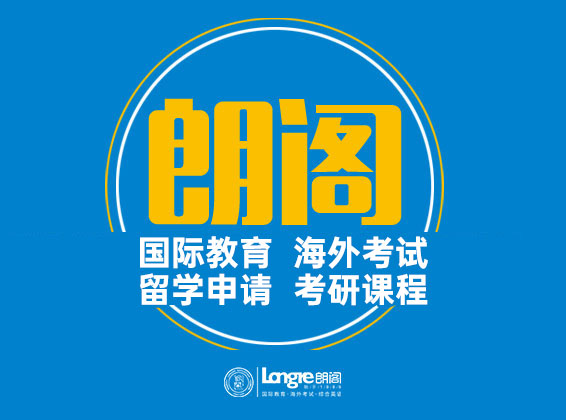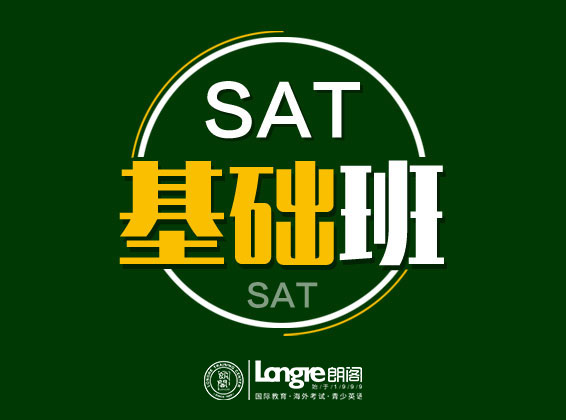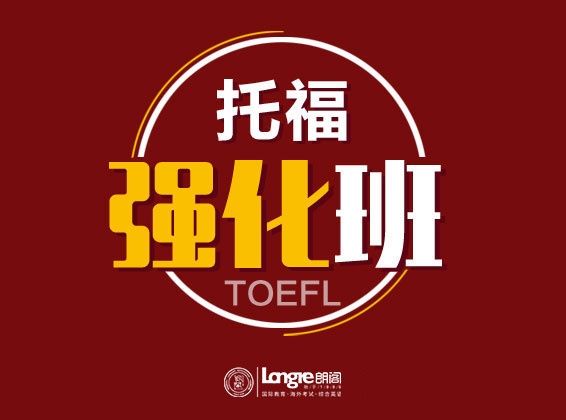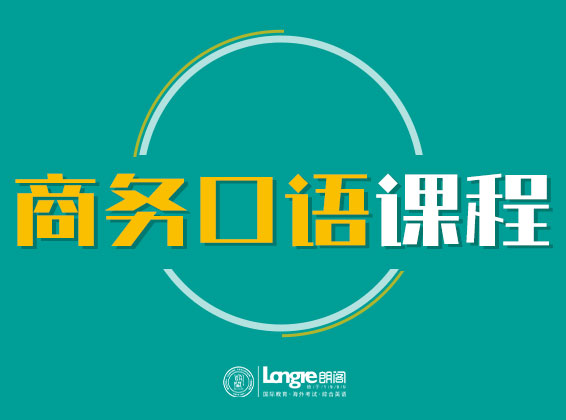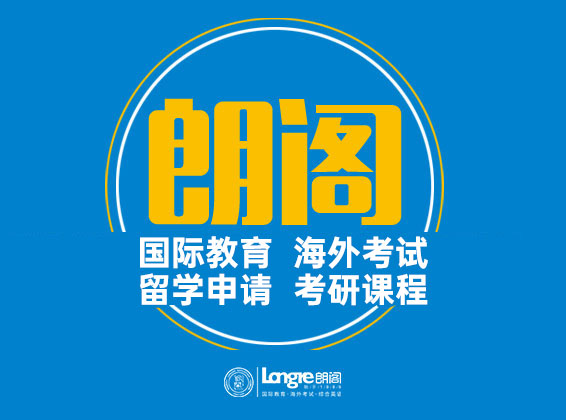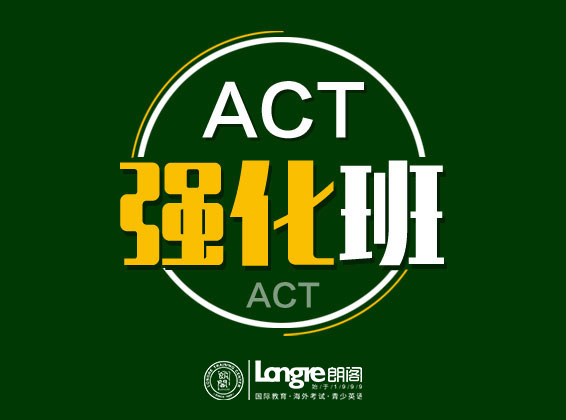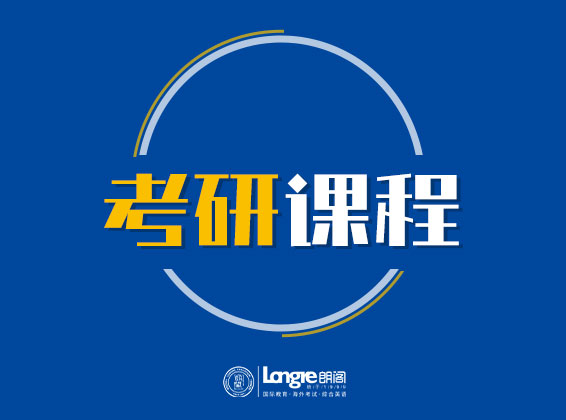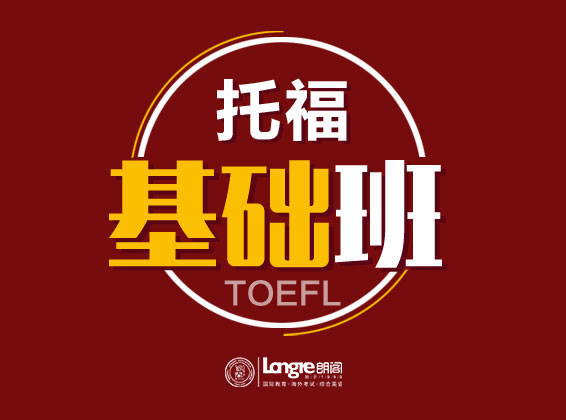|
P1 茶叶的历史 P2 IT公司聚集出现的原因 P3 格林童话 朗阁讲师点评 1. 从题型搭配上来看,本场考试有俩篇都是选择+配对的组合形式,还有一篇涉及到了heading题型,填空题占比很少,题型这一块对于烤鸭们不是很友好。 2. 整体分析:涉及历史类(P1)、社会类(P2)、人文科学(P3)。 3. 部分答案及参考文章: Passage 1:茶叶的历史 难易度:话题难度中等 题型:Heading +选择 1-8 Heading 1. viii2. iv3. ix4. vi5. v6. vii7. iii8. x 9-13 选择9. D 10. E 11. B 12. G 13. A 本篇文章话题可以参考雅思阅读真题”The History of Tea”一文 A The story of tea began in ancient China over 5,000 years ago. According to legend, Shen Nung, an early emperor was a skilled ruler, creative scientist and patron of the arts. His far-sighted edicts required, among other things, that all drinking water be boiled as a hygienic precaution. One summer day while visiting a distant region of his realm, he and the court stopped to rest. In accordance with his ruling, the servants began to boil water for the court to drink. Dried leaves from the nearby bush fell into the boiling water, and a brown liquid was infused into the water. As a scientist, the Emperor was interested in the new liquid, drank some, and found it very refreshing. And so, according to legend, tea was created. B Tea consumption spread throughout the Chinese culture reaching into every aspect of the society. In 800 A.D. Lu Yu wrote the first definitive book on tea, the Ch'a Ching. This amazing man was orphaned as a child and raised by scholarly Buddhist monks in one of China's finest monasteries. Patronized by the Emperor himself, his work clearly showed the Zen Buddhist philosophy to which he was exposed as a child. It was this form of tea service that Zen Buddhist missionaries would later introduce to imperial Japan. The first tea seeds were brought to Japan by the returning Buddhist priest Yeisei, who had seen the value of tea in China in enhancing religious mediation. As a result, he is known as the "Father of Tea" in Japan. Because of this early association, tea in Japan has always been associated with Zen Buddhism. Tea received almost instant imperial sponsorship and spread rapidly from the royal court and monasteries to the other sections of Japanese society. C Tea was elevated to an art form resulting in the creation of the Japanese Tea Ceremony ("Cha-no-yu" or "the hot water for tea"). The best description of this complex art form was probably written by the Irish-Greek journalist-historian Lafcadio Hearn, one of the few foreigners ever to be granted Japanese citizenship during this era. He wrote from personal observation, "The Tea ceremony requires years of training and practice to graduate in art...yet the whole of this art, as to its detail, signifies no more than the making and serving of a cup of tea. The supremely important matter is that the act be performed in the most perfect, most polite, most graceful, most charming manner possible”.Such a purity of form, of expression prompted the creation of supportive arts and services. A special form of architecture (chaseki) developed for "tea houses", based on the duplication of the simplicity of a forest cottage. The cultural/artistic hostesses of Japan, the Geishi, began to specialize in the presentation of the tea ceremony. As more and more people became involved in the excitement surrounding tea, the purity of the original Zen concept was lost. The tea ceremony became corrupted, boisterous and highly embellished. "Tea Tournaments" were held among the wealthy where nobles competed among each other for rich prizes in naming various tea blends. Rewarding winners with gifts of silk, armor, and jewelry was totally alien to the original Zen attitude of the ceremony.Three great Zen priests restored tea to its original place in Japanese society. One of them is Sen-no Rikkyu (1521-1591)-priest who set the rigid standards for the ceremony, largely used intact today. Rikyo was successful in influencing the Shogun Toyotomi Hideyoshi, who became Japan's greatest patron of the "art of tea". A brilliant general, strategist, poet, and artist this unique leader facilitated the final and complete integration of tea into the pattern of Japanese life. So complete was this acceptance, that tea was viewed as the ultimate gift, and warlords paused for tea before battles. D While tea was at this high level of development in both Japan and China, information concerning this then unknown beverage began to filter back to Europe. Earlier caravan leaders had mentioned it, but were unclear as to its service format or appearance. (One reference suggests the leaves be boiled, salted, buttered, and eaten!) The first European to personally encounter tea and write about it was the Portuguese Jesuit Father Jasper de Cruz in 1560. Portugal, with her technologically advanced navy, had been successful in gaining the first right of trade with China. It was as a missionary on that first commercial mission that Father de Cruz had tasted tea four years before.The Portuguese developed a trade route by which they shipped their tea to Lisbon, and then Dutch ships transported it to France, Holland, and the Baltic countries. (At that time Holland was politically affiliated with Portugal. When this alliance was altered in 1602, Holland, with her excellent navy, entered into full Pacific trade in her own right.) E Because of the success of the Dutch navy in the Pacific, tea became very fashionable in the Dutch capital, the Hague. This was due in part to the high cost of the tea (over $100 per pound) which immediately made it the domain of the wealthy. F Slowly, as the amount of tea imported increased, the price fell as the volume of sale expanded. initially available to the public in apothecaries along with such rare and new spices as ginger and sugar, by 1675 it was available in common food shops throughout Holland. As the consumption of tea increased dramatically in Dutch society, doctors and university authorities argued back and forth as to the negative and/or positive benefits of tea. Known as "tea heretics", the public largely ignored the scholarly debate and continued to enjoy their new beverage though the controversy lasted from 1635 to roughly 1657. Throughout this period France and Holland led Europe in the use of tea. G As the craze for things oriental swept Europe, tea became part of the way of life. The social critic Marie de Rabutin-Chantal, the Marquise de Seven makes the first mention in 1680 of adding milk to tea. During the same period, Dutch inns provided the first restaurant service of tea. Tavern owners would furnish guests with a portable tea set complete with a heating unit. The independent Dutchman would then prepare tea for himself and his friends outside in the tavern's garden. Tea remained popular in France for only about fifty years, being replaced by a stronger preference for wine, chocolate, and exotic coffees.Great Britain was the last of the three great sea-faring nations to break into the Chinese and East Indian trade routes. This was due in part to the unsteady ascension to the throne of the Stuarts and the Cromwellian Civil War. The first samples of tea reached England between 1652 and 1654. Tea quickly proved popular enough to replace ale as the national drink of England.As in Holland, it was the nobility that provided the necessary stamp of approval and so insured its acceptance. King Charles II had married, while in exile, the Portuguese Infanta Catherine de Braganza (1662). Charles himself had grown up in the Dutch capital. As a result, both he and his Portuguese bride were confirmed tea drinkers. When the monarchy was re-established, the two rulers brought this foreign tea tradition to England with them. H Imperial Russia was attempting to engage China and Japan in trade at the same time as the East Indian Company. The Russian interest in tea began as early as 1618 when the Chinese embassy in Moscow presented several chests of tea to Czar Alexis. By 1689 the Trade Treaty of Newchinsk established a common border between Russia and China, allowing caravans to then cross back and forth freely. Still, the journey was not easy. The trip was 11,000 miles long and took over sixteen months to complete. The average caravan consisted of 200 to 300 camels. As a result of such factors, the cost of tea was initially prohibitive and available only to the wealthy. By the time Catherine the Great died (1796), the price had dropped some, and tea was spreading throughout Russian society. Questions 1-8 Reading passage 1 has eight paragraphs, A-H Choose the correct heading for paragraphs A-H from the list of headings below. Write the correct number, i-x, in boxes 1-8 on your answer sheet. List of Headings i Good or bad of tea ii Tea ritual iii Difficulties of import iv Religious objection of tea v A chance discovery vi In and out of fashion vii A luxury thing viii A connection between tea and religion ix Shortage of supply x News of tea going to new continent 1 Paragraph A 2 Paragraph B 3 Paragraph C 4 Paragraph D 5 Paragraph E 6 Paragraph F 7 Paragraph G 8 Paragraph H Questions 9-13 Use the information in the passage to match the country (listed A-G) with statements below. Write the appropriate letters A-G in boxes 9-13 on your answer sheet. A France B Holland C Japan D China E Britain F Russia G Portugal 9 house designed particularly for tea drinking 10 tea being substituted after a short period 11 using animals for tea transportation 12 popularity of tea despite of some dispute 13 favor of tea for ruler's specialised knowledge Passage 2: IT公司聚集出现的原因 难易度:简单 具体文章和题目待确认 Passage 3:格林童话 难易度:中等 题型:判断+选择+匹配 27-32 判断 27. NO 28. NOT GIVEN 29. YES 30. NOT GIVEN 31. YES 32. NO 33-35 选择 33. A 34. C 35. D 36- 40 匹配 36. D 37. A 38. H 39. E 40. B 考试建议 1. 本场考试三篇文章中**篇和第三篇都是重复了之前的雅思阅读机经,所以多看考题回顾,多刷真题还是非常有必要。文章话题本场不算难,话题的专业性较低,所以生僻的专业词汇不多,但是题型的组合是本场的难点,考了太多的选择和配对以及heading题型。 |
文中图片素材来源网络,如有侵权请联系删除


